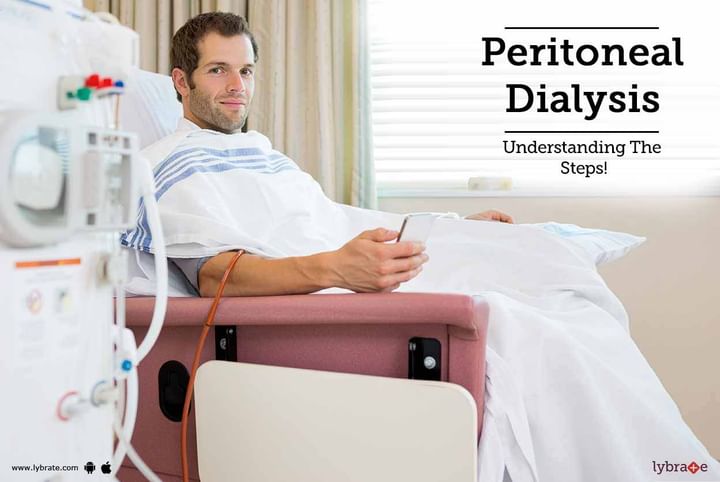Peritoneal Dialysis - Understanding The Steps!
No Blood, No needle, No visit to hospital, you can do yourself at home with water. A thin layer of transparent screen like structure hangs in front of the abdominal muscles known as peritoneum. This peritoneum protects the abdominal structures and the muscle. This can also be used for performing dialysis which is carried out when the functioning of kidney gets affected. In peritoneal dialysis a thin and soft catheter is placed in the person’s belly one week before performing the procedure.
The catheter has numerous holes in order to facilitate the transformation of fluids. Dialysis solution is prepared in a bag and the tubing is connected to the catheter placed in the abdomen thereby, the fluids absorb the waste materials from the body. The fluid is allowed to stay in your body for a particular period of time which is commonly referred as dwell time and later the fluid is drained out.
There are two types of peritoneal dialysis, continuous ambulatory peritoneal dialysis and automated peritoneal dialysis. This is the simple form of dialysis which anybody can perform after a short training period and this can be done anywhere in clean private place like hotels, home and even in office.
Procedure followed during Peritoneal Dialysis
All you need to perform a peritoneal dialysis is catheter and transfer set, cycler, dialysis solution and safety precautions materials to stay away from getting infections.
Step 1 - Perform a sterile aseptic technique. Wear a glove and surgical mask before connecting the catheters and transfer set. Clamp the tubing and remove the catheter once the dialysis solution enters your abdomen
Step 2 - Allow the solution to remain in your abdomen for a particular period of dwell time
Step 3 - Drain the fluid from the abdominal cavity into the drain bag. You may feel a mild tugging sensation when adequate amount of fluid is drained.
Step 4 - After drain close or clamp the transfer set and later flush a fresh solution directly to drain bag so as to remove the air from the tubing.
Step 5 - Close your drain bag and open your transfer set and refill your belly with fresh solution.
Make sure you perform without giving way for infection and excess fluid and dextrose absorption.



+1.svg)
